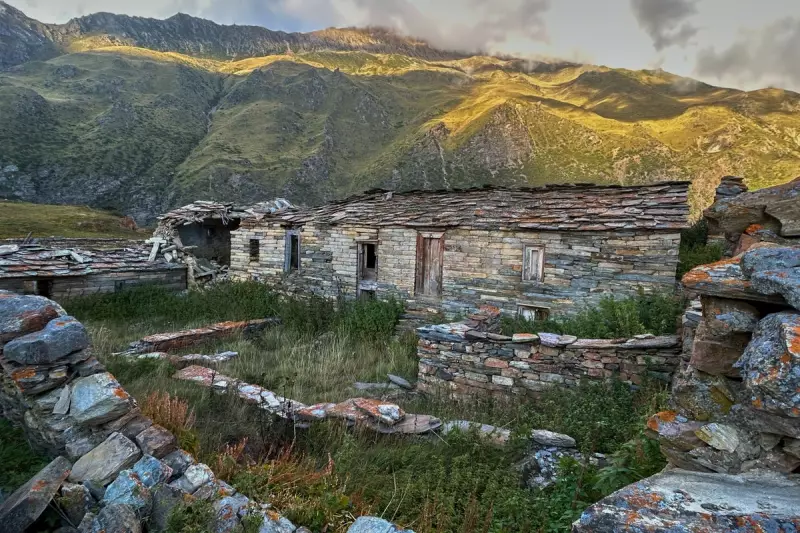
Nestled high in the Himalayas, where the air grows thin and temperatures plummet to arctic levels, a quiet exodus is underway. The remote villages of Uttarakhand, perched precariously along India's contested border with China, are becoming ghost towns as residents abandon generations-old homes amid escalating tensions.
The Vanishing Communities
Martoli, once a thriving village in the Johar Valley, now stands as a haunting monument to this demographic shift. Where hundreds once lived, only a handful of families remain, their lives shadowed by the constant presence of military buildup and the spectre of conflict.
"Our children cannot live in constant fear," explains a former resident, his voice echoing the sentiment driving this mass migration. "The border used to feel distant, but now it feels like it's at our doorstep."
Life on the Front Lines
The challenges facing these border communities are immense:
- Extreme weather conditions with temperatures dropping to -30°C
- Limited access to healthcare and education facilities
- Growing military presence altering traditional ways of life
- Economic opportunities dwindling as tourism declines
- Constant anxiety about potential border clashes
A Strategic Dilemma
This depopulation presents New Delhi with a complex strategic problem. Empty villages along the Line of Actual Control weaken India's historical claims to these territories, while simultaneously creating security vacuums that could be exploited.
"When the civilians leave, the landscape changes," notes a defence analyst familiar with the region. "These communities have served as living markers of Indian presence for centuries. Their disappearance has implications far beyond just demographic statistics."
Government Response and Future Prospects
While authorities have initiated development programmes and infrastructure projects, many residents feel these measures are too little, too late. The pull of safer, more developed areas in the plains proves stronger than emotional ties to ancestral lands.
The silent emptying of these Himalayan villages represents more than just changing migration patterns—it signals a fundamental shift in the human geography of one of the world's most sensitive border regions.





